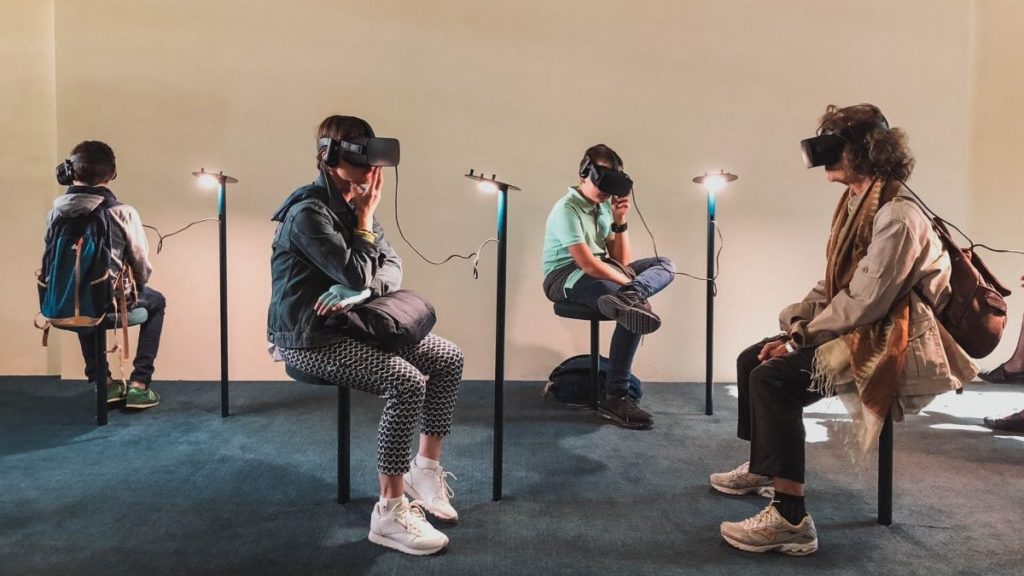By Andrew Elia, Managing Director at Arishi
Like many other exciting new technologies, Augmented Reality (AR) was overused in applications to which it’s not really suited and as a short-tail, whizz bang promotional gimmick. When we deployed some of the first AR applications over ten years ago, with enough technical knowhow to make them a success, the industry was abuzz with excitement for a new raft of devices to make this technology a reality.
Some brands have really embraced technologies like AR and Virtual Reality (VR). For instance, BMW used AR to remotely train mechanics – a cost-effective way to standardise a disparate programme delivered across a number of geographical locations. We worked with a German company, Metaio (since acquired by Apple) on the first AR-enabled greetings card for retailer Marks & Spencer. Back then, we could already see that AR toolkit vendors like Total Immersion (who we worked with prior to Metaio) were pushing the technology into more campaign-driven applications in order to grab license sales and appease investors. This led to an early burnout of the technology, despite some very tangible and practical applications.
Today, we have the advantage of added horsepower and more advanced hardware in smartphones, which makes the technology more capable, accessible and performant than ever before.
Some sectors, such as education and health, have exploited the use of relatively new and under-used technologies like AR and VR better than others. Such tech could be more crucial now than ever, being used by schools and universities who are hosting lectures, virtual classrooms and even virtual graduations in place of the real thing. When schools and universities return in September, these technologies are very likely to continue to be used in order to maintain some kind of ‘normality’ when it comes to teaching and learning in a socially-distanced environment. We are currently working with a number of educational institutions looking to make better use of available technology to enhance their offering to their students. The health and medical sectors are also making progress in using AR & VR for a variety of uses, such as allowing medical staff to see patients who are located in different parts of the world or are unable to be seen in person. We’ve even worked with a company called Medical Realities on a VR & AR platform which allowed for visual, interactive training during a time where the COVID-19 pandemic made in-person training untenable.
In retail, online stores have fared far better than those with a large physical presence. Amazon has seen headline-grabbing sales growth since lockdown and ASOS reported a 10% increase in revenue for Q2. Virtual shopping experiences are replacing in-store browsing, taking customer engagement to a whole new level. One great example of a retailer using VR was seen by TopShop, a women’s fashion retailer, during London Fashion Week. It gave attendees a “virtual” seat at its fashion show by enabling them to wear a VR headset connected to the event as it was happening. The groundbreaking campaign put viewers right next to the fashion runway and the seats of the celebrities who were attending. One of the main reasons retail brands have invested in AR technology is to help customers make better and more informed product decisions. Gucci is one example of a luxury brand to do so, adding an AR feature to its app that lets users ‘try on’ sneakers.
It is a wise retailer or brand that ensures their omnichannel approach includes AR & VR, given the ongoing uncertainty around future lockdowns and the shift in consumer’s attitudes to online retail. The pandemic is likely to push brands to invest more in building up their digital operations.
Hardware manufacturers have shown that they have the right kit to deliver a satisfactory experience from AR & VR technologies. At the same time, developers have shown that they can create applications beyond gaming that will resonate with users. Finding the sweet spot of combining the hardware and software to prove AR and VR can deliver something of value to the user is already being delivered.
It may just have taken a global pandemic to drive this market forward, but for those brands teetering on the edge of exploring this technology, sometimes all you need to get you over the line is a little nudge.









